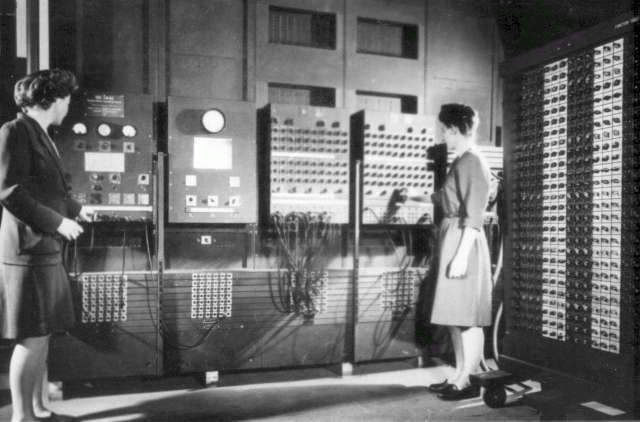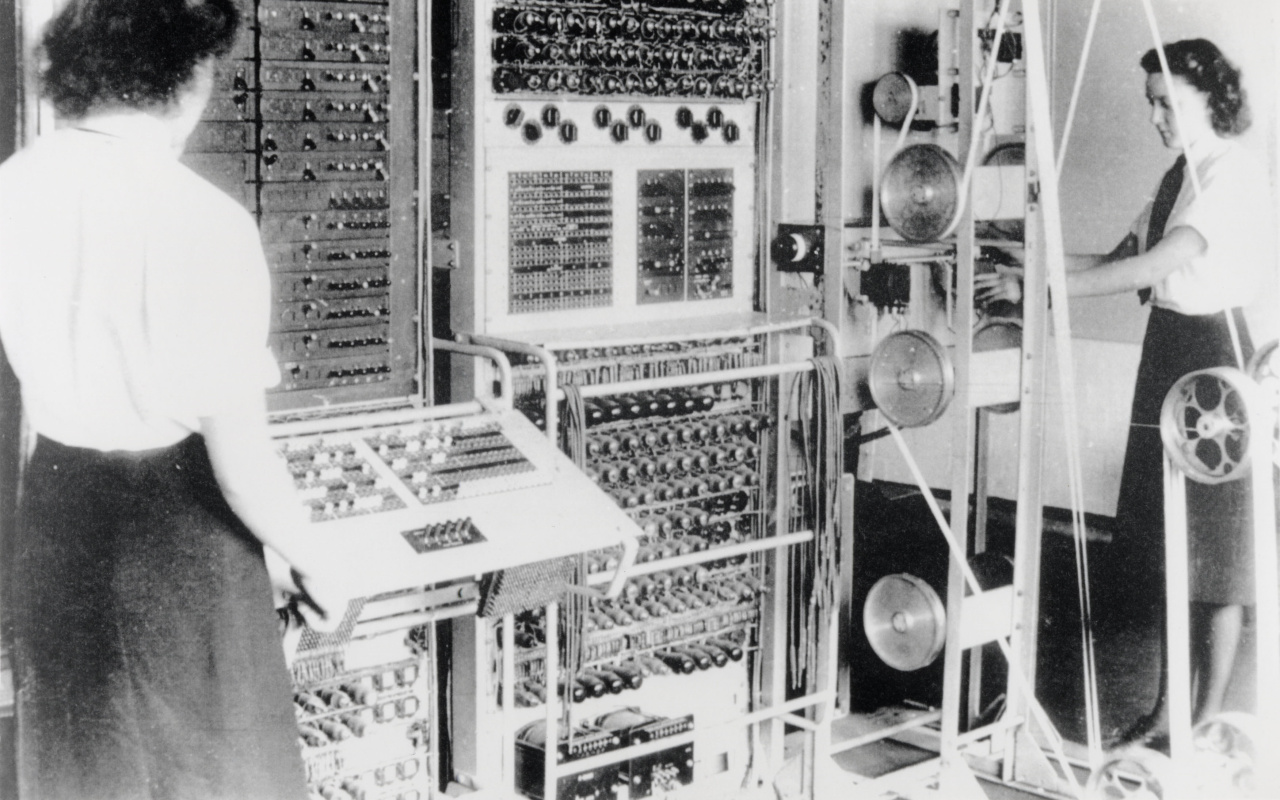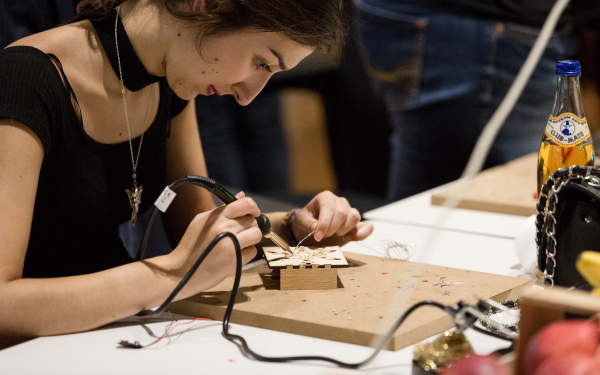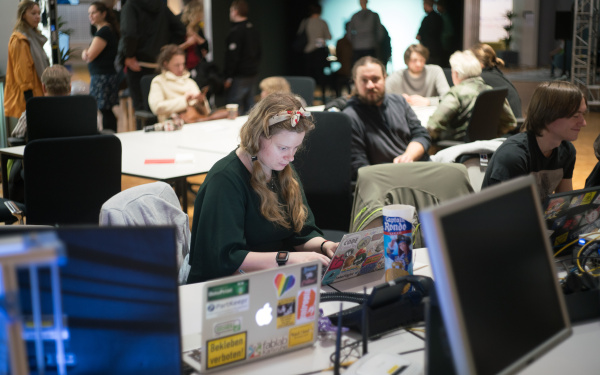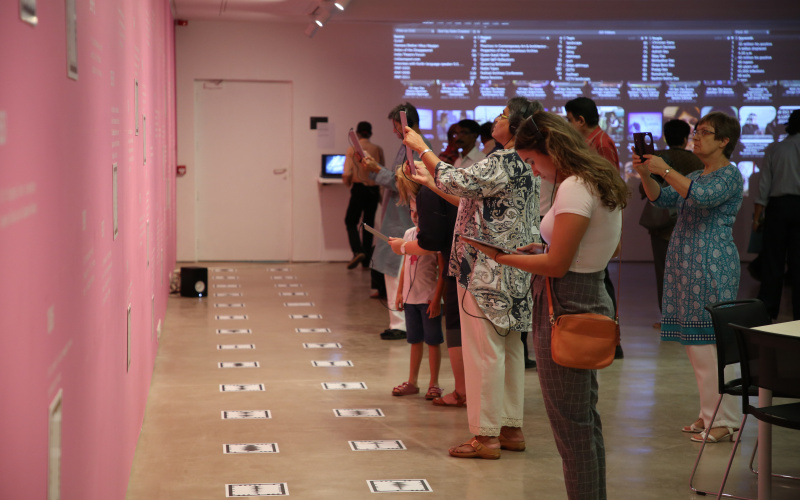»Technically fearless«: The female side of coding
The historical legacy of female computer pioneers seems to have fallen into oblivion in today's male-dominated Silicon Valley.
BY STEPHANIE FEZER
This article by Stephanie Fezer links, on the occasion of the current ZKM exhibitions »FEMINIST AVANT-GARDE of the 1970s« and »Open Codes. Living in Digital Worlds«, the power of the computer girls of the 1950s up to the 1970s!
Every April, the Girls' Day is held in Germany, allowing girls from the 5th grade (10 years old) and higher to spend a day trying out a field of work that is underrepresented by their gender. So anything connected to technology, mechanics and IT; professional fields with skills shortages but that girls don’t typically consider. There are many obstacles to beginning a training course for a »boy’s profession«. But how has programming – which was historically a women’s domain – become just a boy’s profession?
Grace Hopper in »Cosmopolitan«, 1967
»It's just like planning a dinner. Women are naturals at programming.«
»It's just like planning a dinner,« explained programmer Grace Hopper back in 1967, speaking to a journalist from Cosmopolitan, »Women are naturals at programming.« Forward planning, rescheduling, attention to detail: Properties that women have and which are fundamental in computing, according to Hopper. Hopper (1906-1992) designed the programming language »Flow-Matic«, »COBOL«, which is still prevalent today, and the first compiler. The »Grace Hopper Celebration«, named after her, is the world’s largest event for women in technical professions.
In the pioneering age of data processing, women were easily able to slip into a job as a programmer – or coder, as it was known until the early 1950s. In comparison to most other technical professions, there was no specific training involved and it wasn’t a physically demanding job; the intellectual requirements were underestimated for a long time.
And under certain circumstances, you could also work from home, thus combining the job with childcare and housekeeping. The first person to have a PC at home was a young American programmer, who still lived with her parents. The »Linc«, on whose operating system Mary Allen Wilkes worked on behalf of the Massachusetts Institute of Technology (MIT), went into series production in 1962 and over 50 were sold.
From at least the early 17th century, the term »computer« or »human computer« described people who carried out tedious mathematics. Initially just for navigational and academic purposes, but then later also for the military. These were mainly women. During World War 2, about 8,000 women worked at Bletchley Park alone as human computers, or more accurately: as cryptoanalysts. Most of these women were denied a post-war career befitting their skills due to a confidentiality agreement. Films such as »Bletchley Park« and series such as »The Bletchley Project« are dedicated to these early female coders.
After the war, when the first mainframe computers arrived at research institutions such as NASA, people were needed to operate them – and as it quickly turned out, there was also a need for operating programs and lots of subprograms which could outsmart their bugs and far too small data memories. Writing software was a virtually invisible fiddly job, which was associated more with low-ranking office jobs than more highly-valued engineering activities. So a job for women.
»ENIAC«, the first purely electronic, Turing complete universal computer, was programed by six women, the »ENIAC Six«. Their ground-breaking role was concealed or downplayed for decades. There are some photos of the room-sized computer, which was presented to the public in 1946, on which the female coders could be seen, facing away from the observers and towards the machine. Today, their names are in the captions.
Within the film »Hidden Figures« in 2016, three female African-Americans were introduced, who worked on aerospace projects at NASA and the former organization NACA. These women really existed. Mathematician Dorothy Vaughn, one of the three, recognizes that the new IBM mainframe is threatening the jobs of her team. She spends weeks working secretly with the fascinating machine and its inadequate handbook, discovering how she can master it. She teaches herself and her fellow female employees the programming language »FORTRAN«; as a result, she gets the top job. Geek Girls revolt!
Programming, as it transpired in the late 1960s, was a lucrative employment. And demand was immense. Aptitude tests and personality profiles were increasingly tailored to men. Access was made difficult and the mathematic and scientific aspect of the job was emphasized. The fiddling, the lack of social competence – was that not a typical man? Women were slowly forced out of the industry, with sexist poster campaigns actually being run by the computer industry.
The geek was born. The fact that Bill Gates, Steve Jobs and Steve Wozniak, the founders of Microsoft and Apple, corresponded exactly to this image consolidated the idea. It was only in the 1990s, with the emergence of the internet, that feminist programming networks, conventions and prizes aimed at women were developed. Ellen Ullman, sharp-witted author and long-standing programmer in Silicon Valley, speaks in her recently published collection of essays »My life in Code« of the »cult of the boy engineer«. Anyone familiar with the mega-geek sitcom »Big Bang Theory« will know what she means.
»They behave like children. They order each other to be quiet. They call each other idiots. They throw spit wads. It is as if you’ve accidently wandered into a daycare facility.«
Ellen Ullman, who now lives in the startup district of SOMA in San Francisco, and encounters dozens of typical programmers every day – white, male and between 22 and 34 as she writes – pleads for more diversity in the IT scene in her new book, and for less fear of contact: »The power is in the refusal to be intimidated. In technical fearlessness [...] Stick a pin in the shimmering bubble of the traditional opinions of technological worlds. Let’s pop them.« Ullman thinks everyone should learn a bit of programming. Simply to ensure a better overview. And perhaps also to honor the historical legacy of the female computer pioneers.
About the author
Stephanie Fezer lives in Berlin and works as a freelance author and editor. She studied German and English literary studies in Freiburg, Cologne and Berlin. In 2015, her translation of the novel »Torpor« by Chris Kraus was published by b_books.
Within the framework of the ZKM Open House Day 2018, Stephanie Fezer talked about »When programming was still a women's job...«.
FEMINIST AVANT-GARDE of the 1970s
Sat, 18.11.2017 – Sun, 08.04.2018
ZKM_Atrium 1+2
Cost: Museum admission
Open Codes. Living in Digital Worlds
Sat, 20.10.2017 – Sun, 05.08.2018
ZKM_Atrium 8+9
Cost: Free Entrance
Category
News Category
- latest discoveries
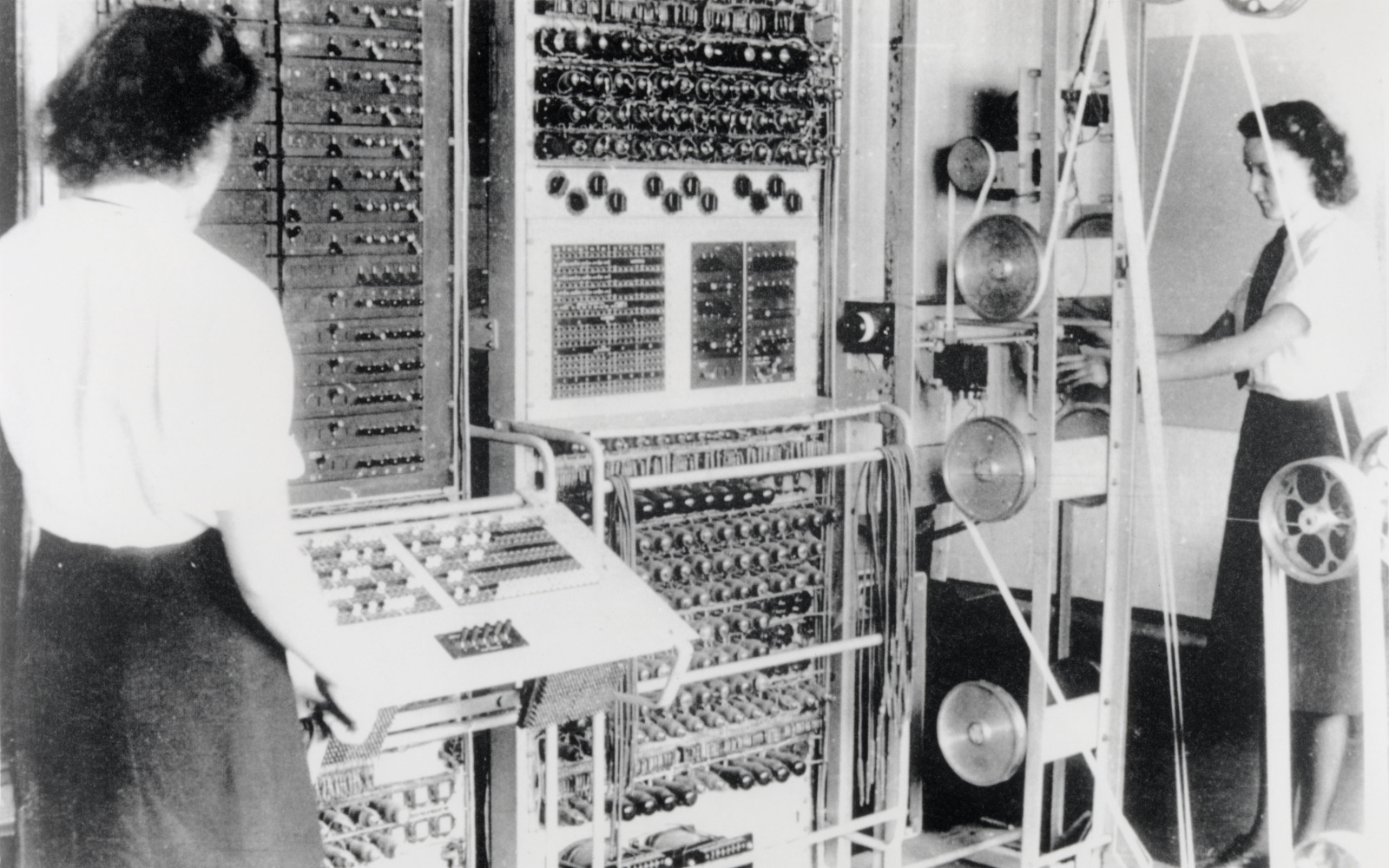
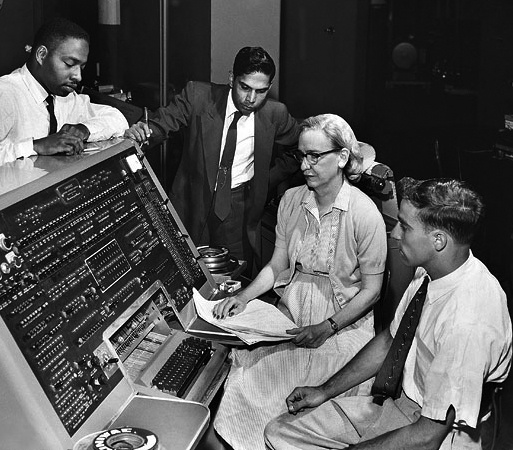
![Photo of Mary Allen Wilkes at home with the »Linc« computer, 1965 / © Photo: By Rex B. Wilkes (Mary Allen Wilkes personal archives); [Public domain], via Wikimedia Commons Photo of Mary Allen Wilkes at home with the »Linc« computer, 1965](/system/files/styles/img_para_media_detail/private/field_media_image/2023/02/23/101414/597px-mary_allen_wilkes_-_linc_at_home_-_1965.jpg?itok=Dtb9byym)
